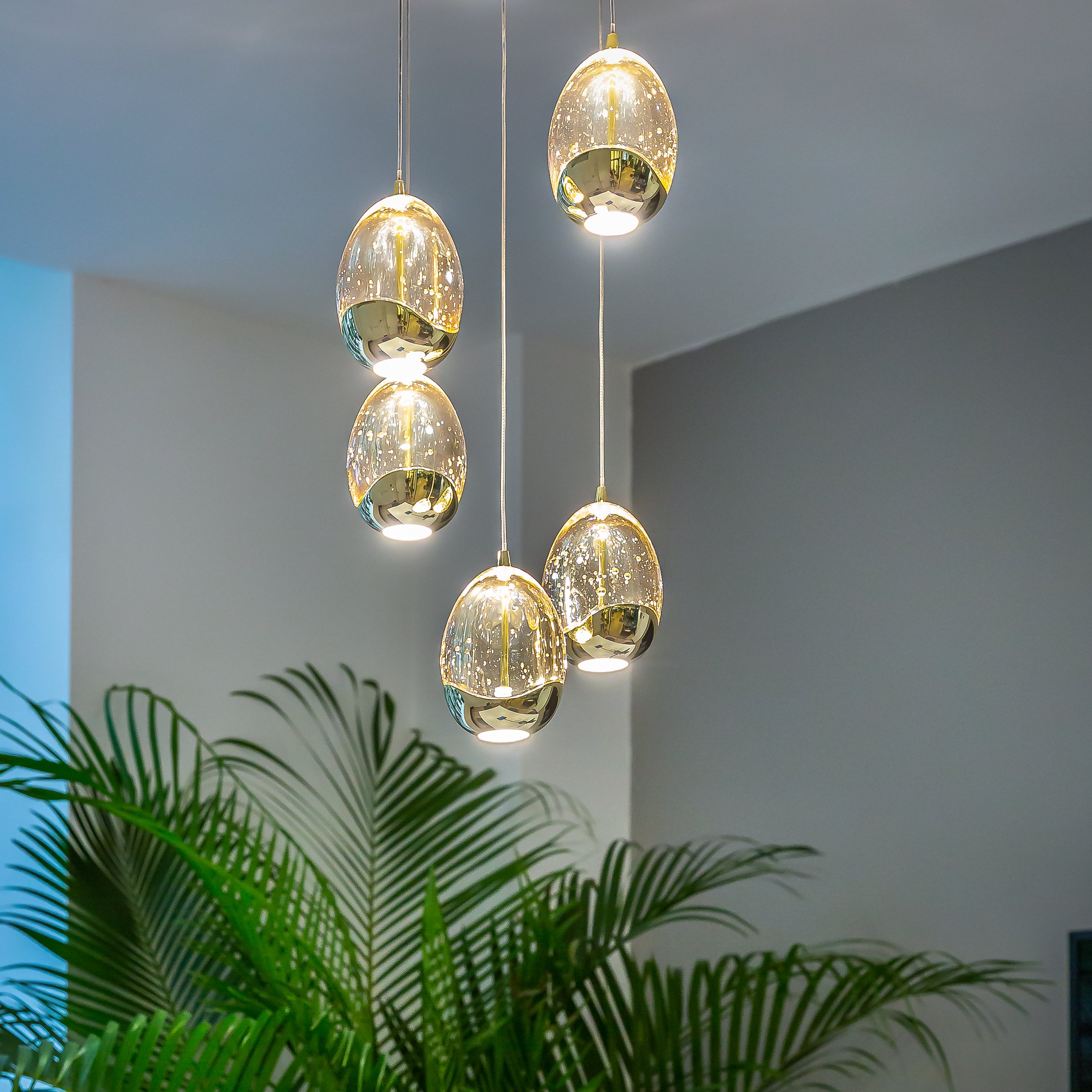An open-plan office can appeal for many reasons. Sociable, collaborative, transparent - plus, the lack of physical divide can make it easier to accommodate a growing team. But what if members of your team are part of the 50% of the population who self-identify as an introvert? Does this design actually work for them?
Studies have found that around 35% of introverts feel anxious about returning to the office, compared to 60% of extroverts who feel positive. And, of course, there are all the others with mixed feelings in between - including ‘ambiverts,’ those who identify as somewhere in the middle.
We’re complex creatures and we don’t sit neatly in one group: quieter types will want to socialise sometimes, and more gregarious people still need time alone.
So, whilst the traditional office set-up is typically geared toward extroverts, the variety of personality types within the workforce means it’s important to develop a space that both reflects and supports that.
Attracting diverse talent
The pandemic has established new ways of working - primarily, remote and hybrid work - which means companies must be willing to adapt their offering too. If not, they’re likely to lose great people.
“Many people have taken lockdown as a cue to re-examine their lives – and employers should respond in kind by developing a workplace that can help to foster individual values, along with a core sense of purpose,” says chartered psychologist and award-winning author Dr Audrey Tang in Kitt’s new report on the future of workspace.
“Instead of clinging to outdated protocols, business leaders can attract diverse talent with a thoughtful and flexible approach aimed at carving out meaningful connections for everyone in the workplace."
That means taking into account the needs of those who may have, in previous times, been neglected. When you begin with a blueprint of your office, you want to consider – ‘how can I give employees more choice over their workflow?’ Design plays a huge role in that.
Here are my top tips on how to design a brilliant and inspiring space for the whole team:
Create smaller breakout spaces
Open team spaces can come at the price of distractions and an inability to focus deeply. This is particularly the case for introverts who react more to stimulation. Look at designing an office with smaller breakout spaces to create a place for deep work and quiet thinking time.
You could consider dividing screens, opaque dividers, or perhaps even moveable ones to enable the option of privacy without a sense of isolation. There’s also an option to include work ‘booths’ or ‘bubbles’ in larger open-plan structures, to introduce more of an individual tone for those who prefer it.
This is also a good way to support the transition back to office-based work, which some may still feel anxious about with regards to sharing their personal space again.
Dr Audrey Tang on the role of the office in 2022
Consider colour palettes
Different colours invoke different emotional responses – and some are very instinctive. For example, red is synonymous with passion and danger, whereas blue has been found to stimulate calm and creativity.
Although interpretations can be subjective, softer colour palettes are going to create different stimuli to bright, bold ones. Consider which of these will be a better fit for your workspace and the vibe you want to create. Likewise, remember that certain personality types may respond more negatively to ‘loud’ colours.
Integrate home into the office
Ann Hoffman, director of workplace strategies at architecture and design firm FCA, says architects and designers should use home design as their inspiration, integrating that homey feel into the office space.
That doesn’t necessarily mean pseudo-beds for seating, it’s more about the overall warmth and aesthetic you create. For example, soft textures, mood lighting, funky wallpaper, and any unique pieces to bring personality into the space; that could be anything from artwork, ornaments, or a plush sofa.
The more relaxed it feels, the more appealing it will be to those used to the comforts of home-working - particularly introverts.

Bring the outdoors inside
You can introduce other feel-good design accents to communal spaces. Don’t underestimate the impact of factors such as natural light, plants or views over a nearby park: they can be significant mood-boosters!
When you’re visualising how to create a new office space, it’s worth thinking about how you can elevate each of these features in different ways to enhance overall wellbeing.
Power of choice
Research has shown that positive mental health and a sense of autonomy help people to be productive anywhere. The post-Covid office should facilitate both.
Ideally, you’ll also have remote options in place as an additional option for either scenario. Inspiring open-plan areas such as a coffee bar or rooftop balcony are great for socialising and relationship-building, while team members can also find solo focus time in booths.
The key is that employees and clients are able to manage their own time, and have the power of choice.
Kitt's new report draws on the expertise of Psychologist and Author Dr. Audrey Tang to guide businesses on viewing the office in 2022 through the lens of individual wellbeing and happiness. Read the full report below.


